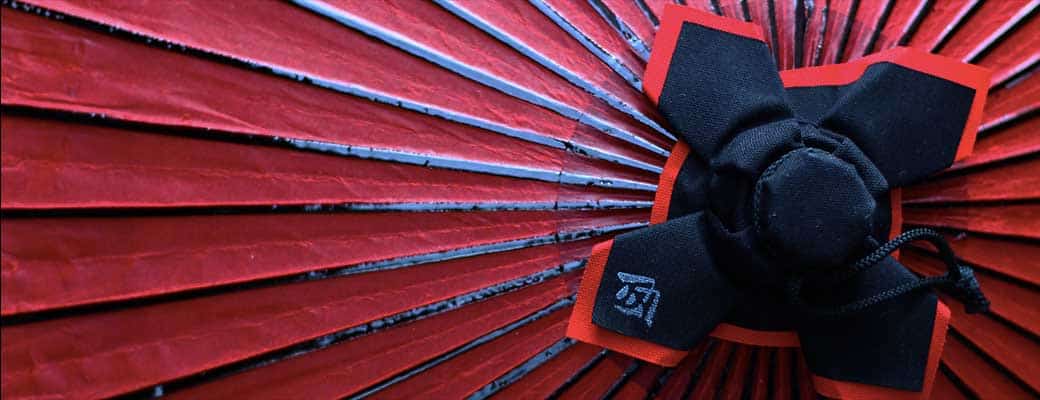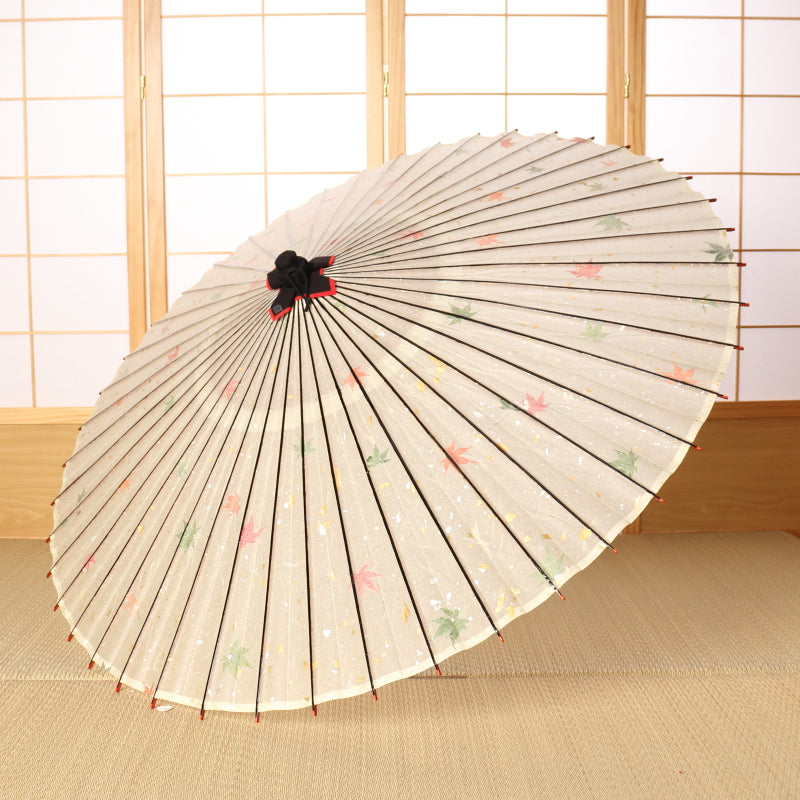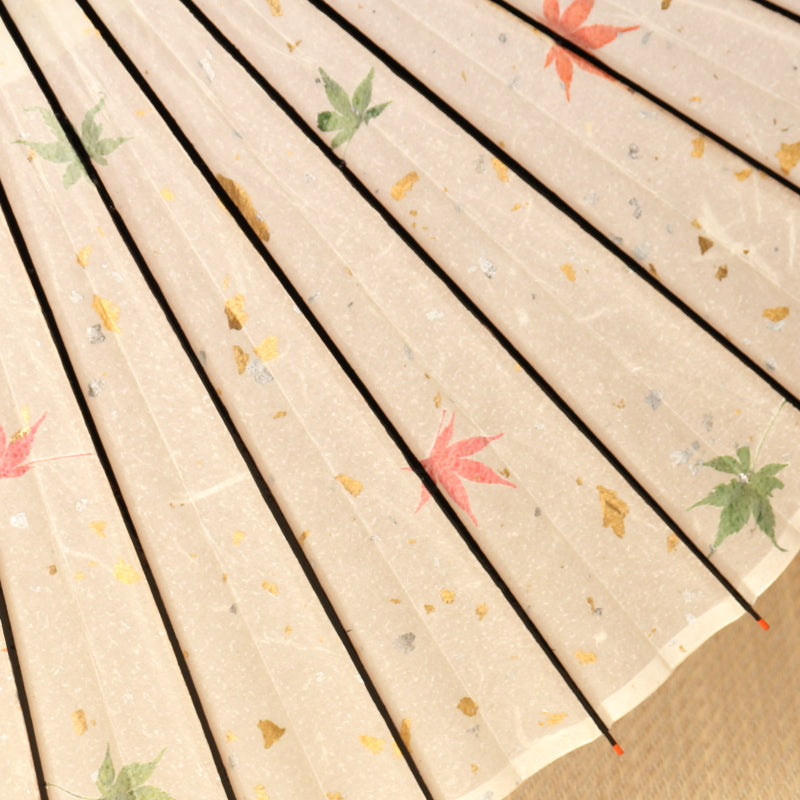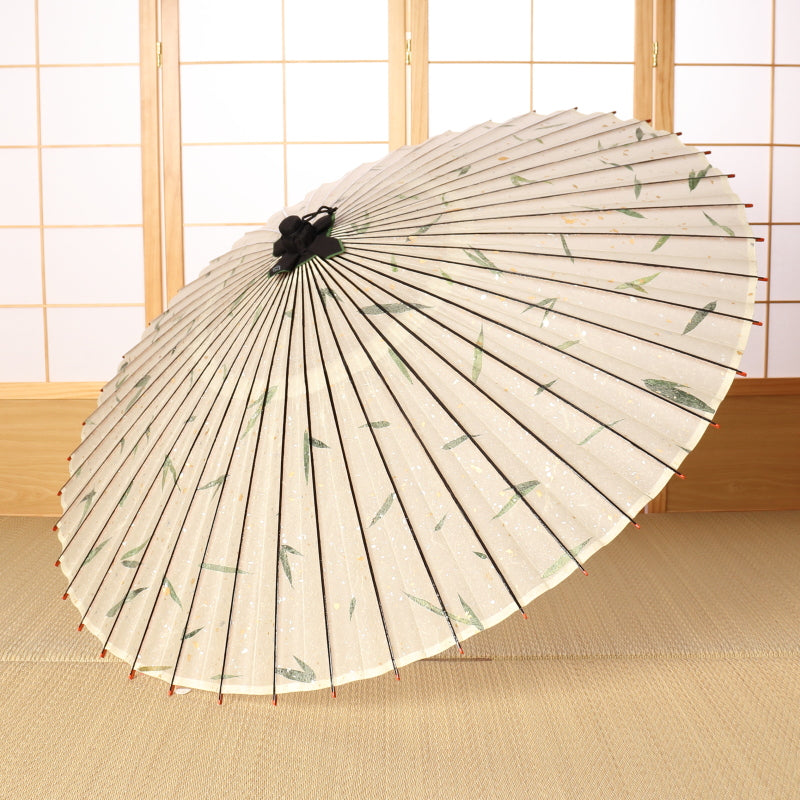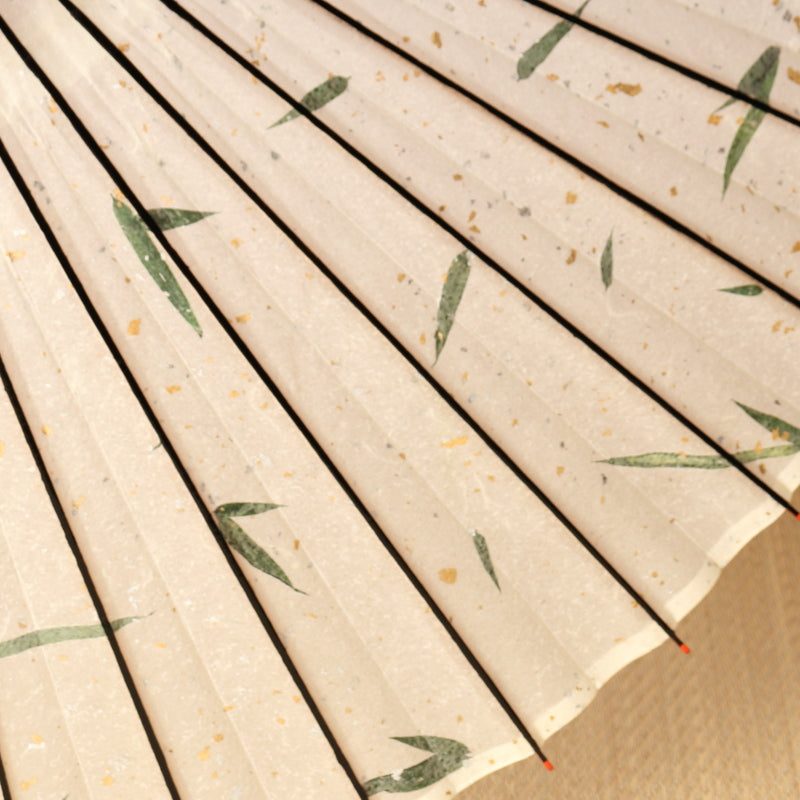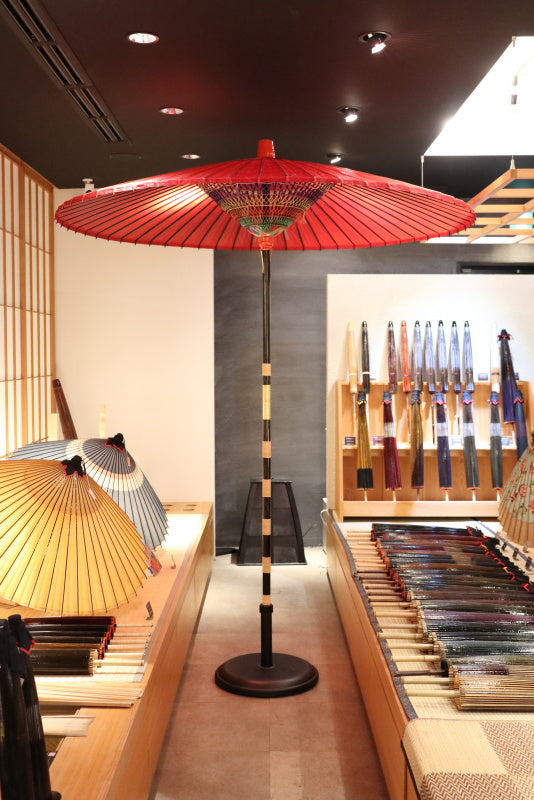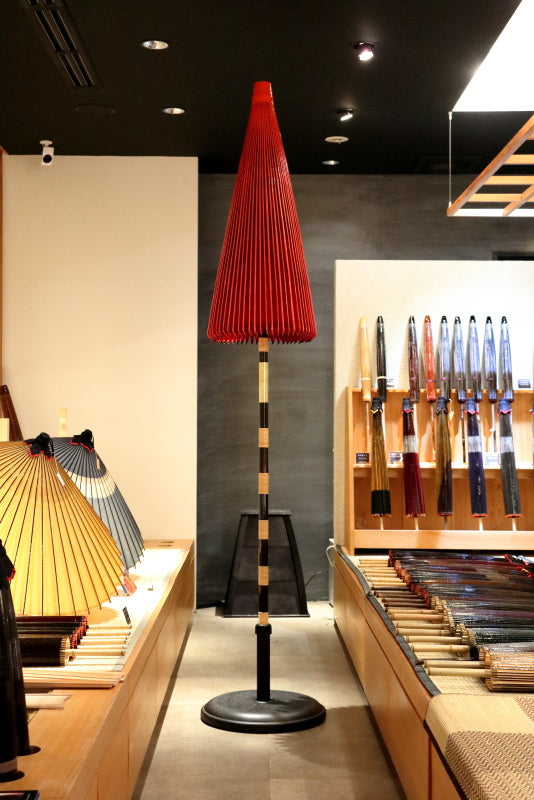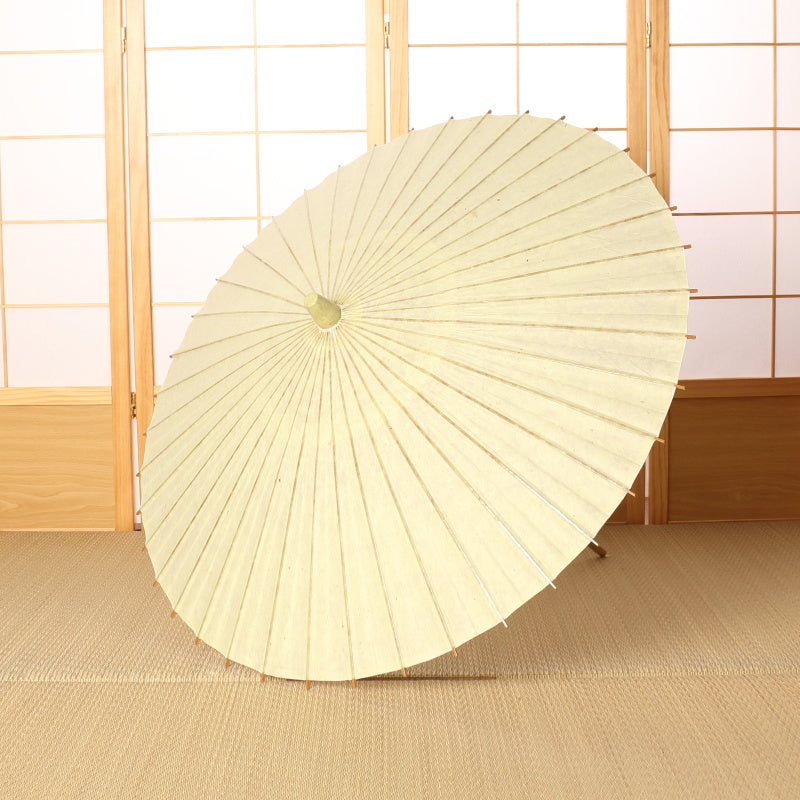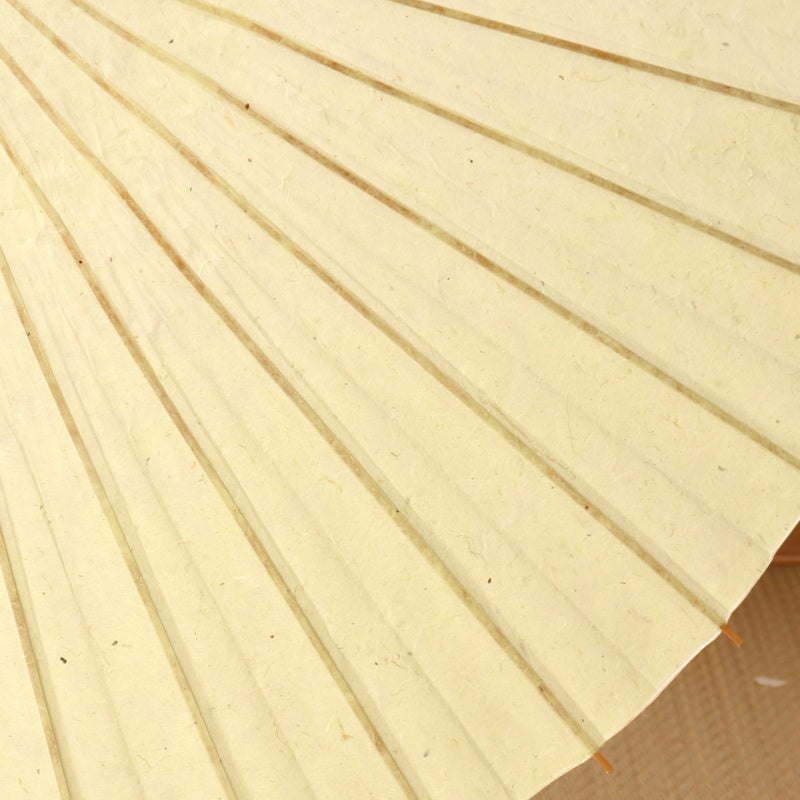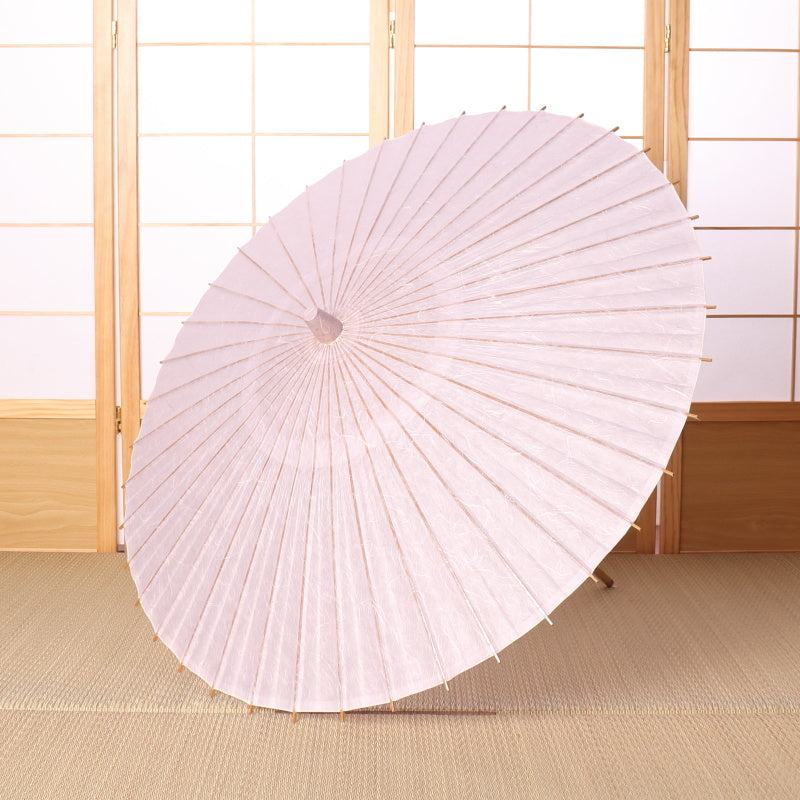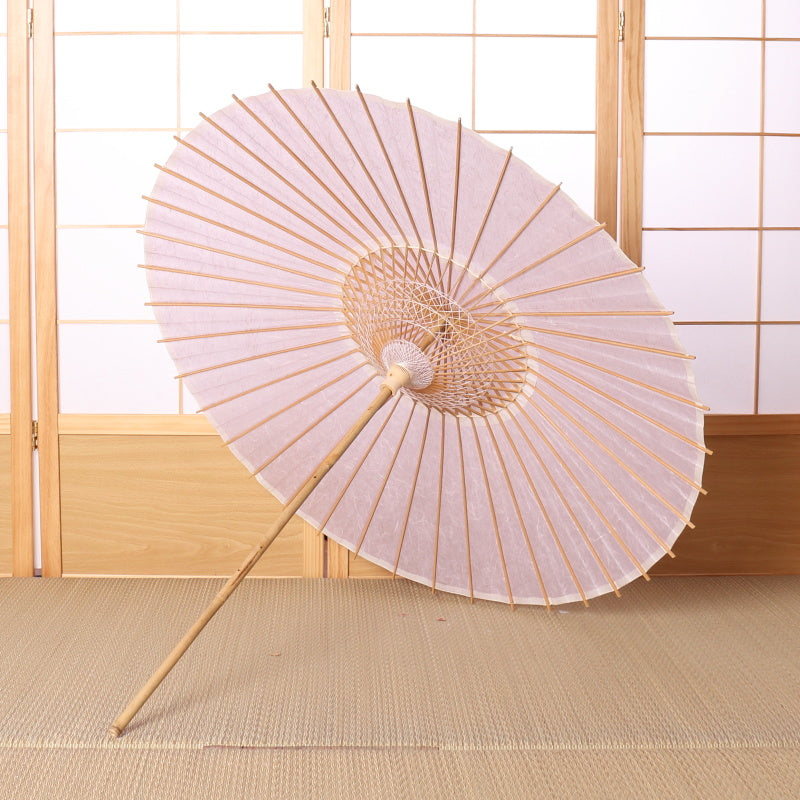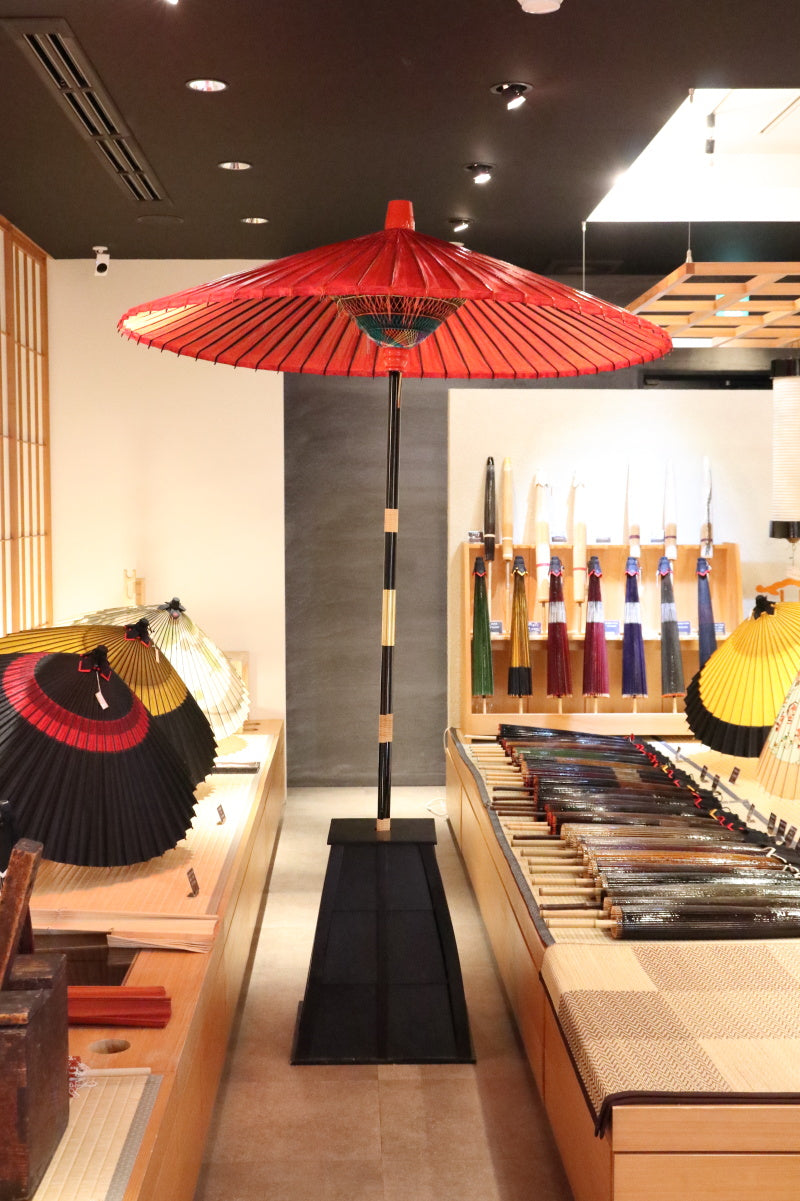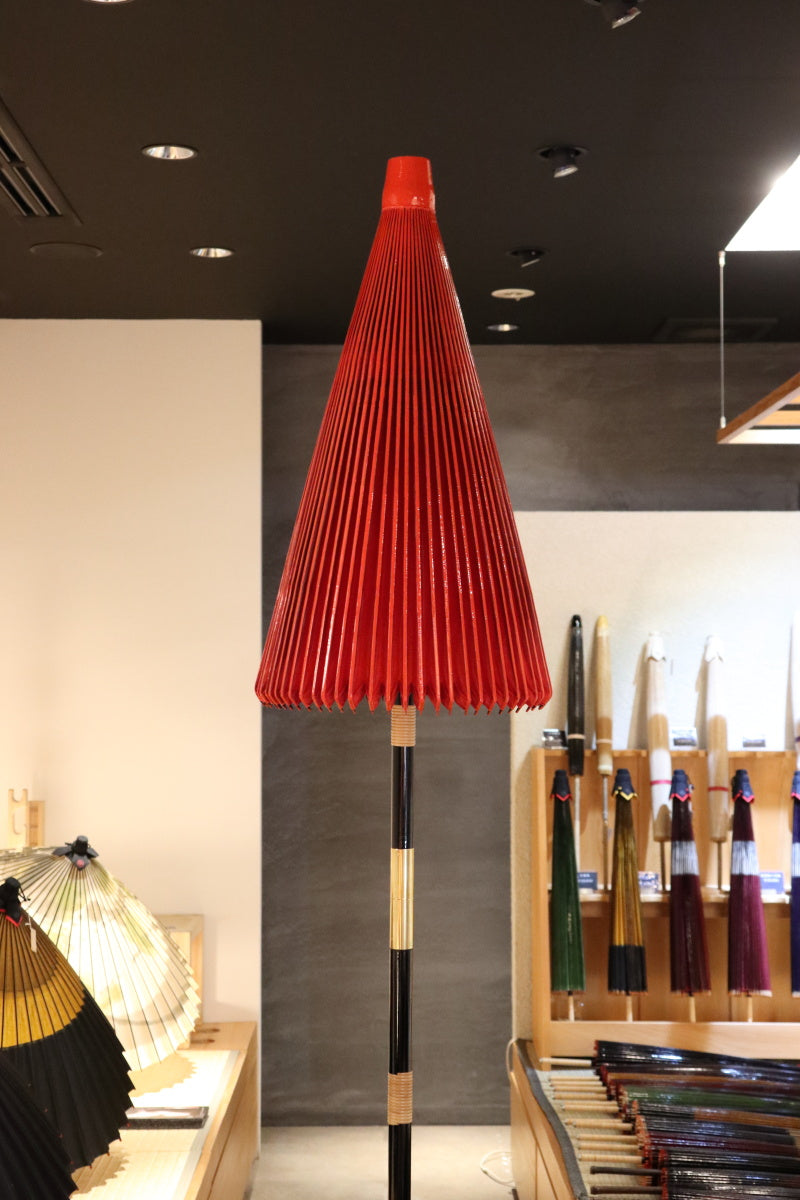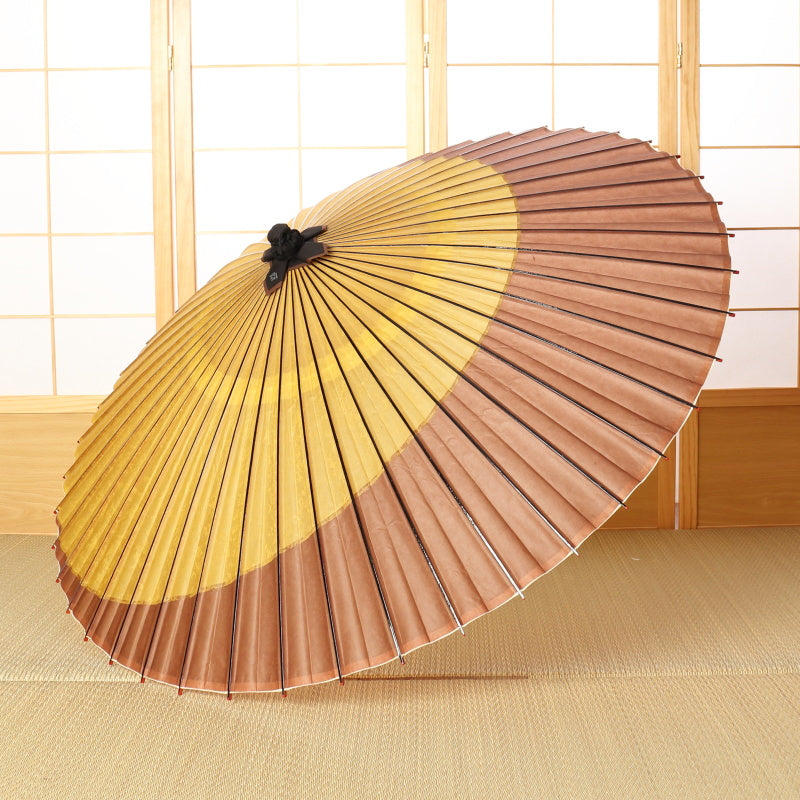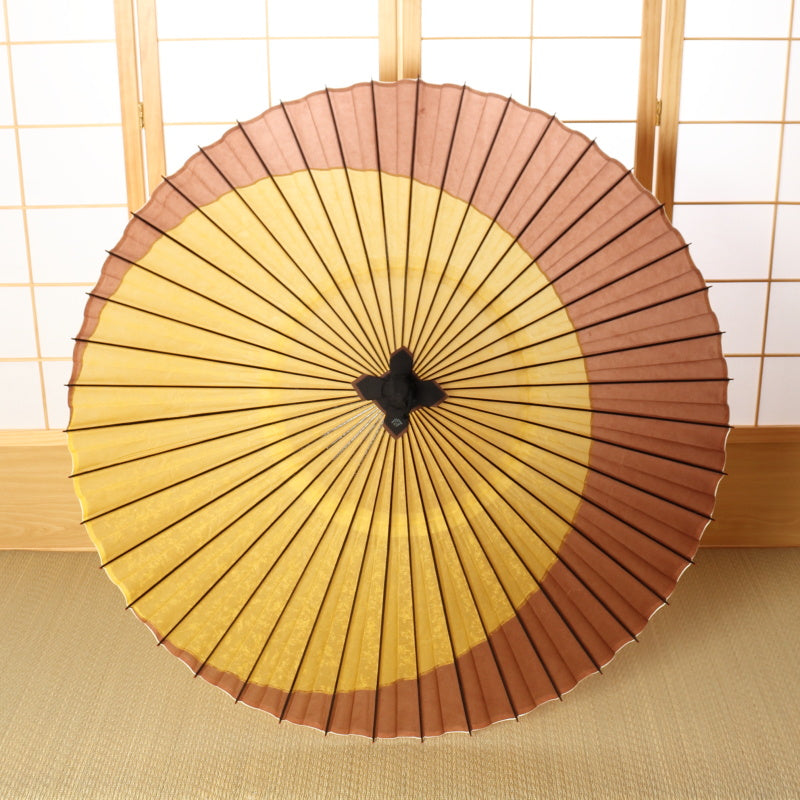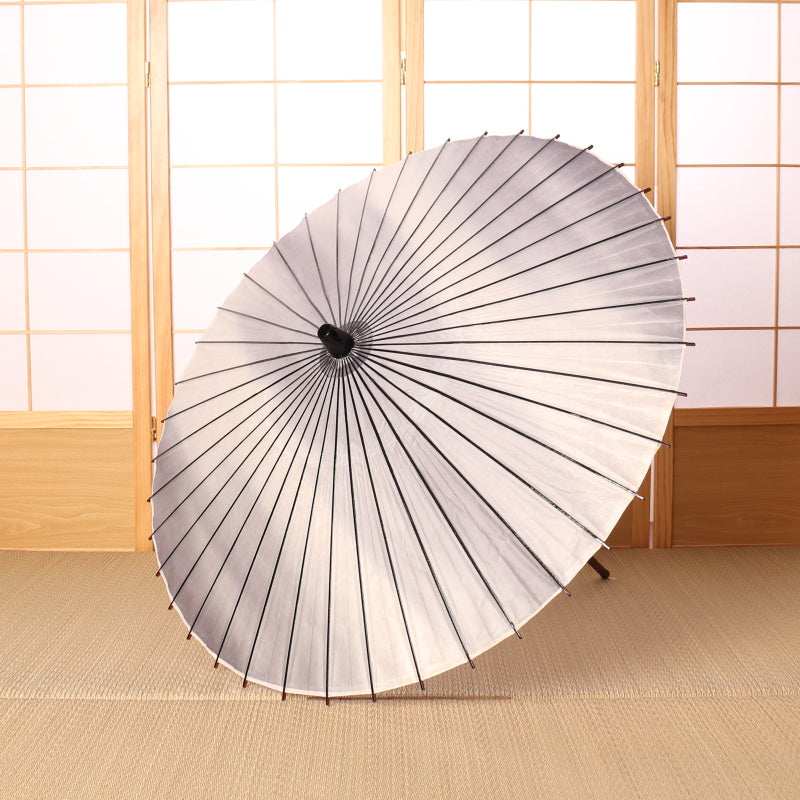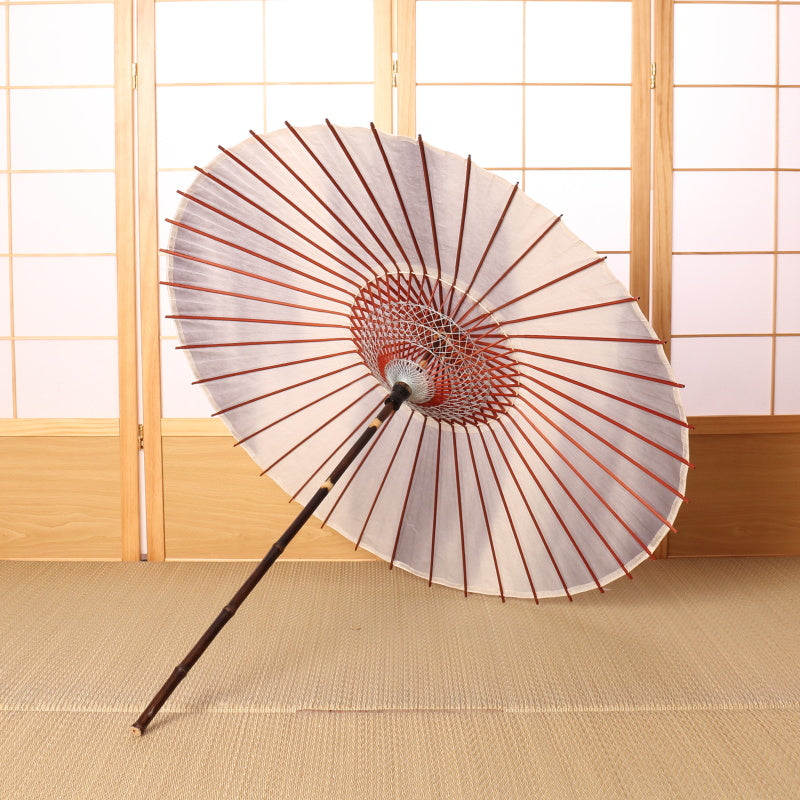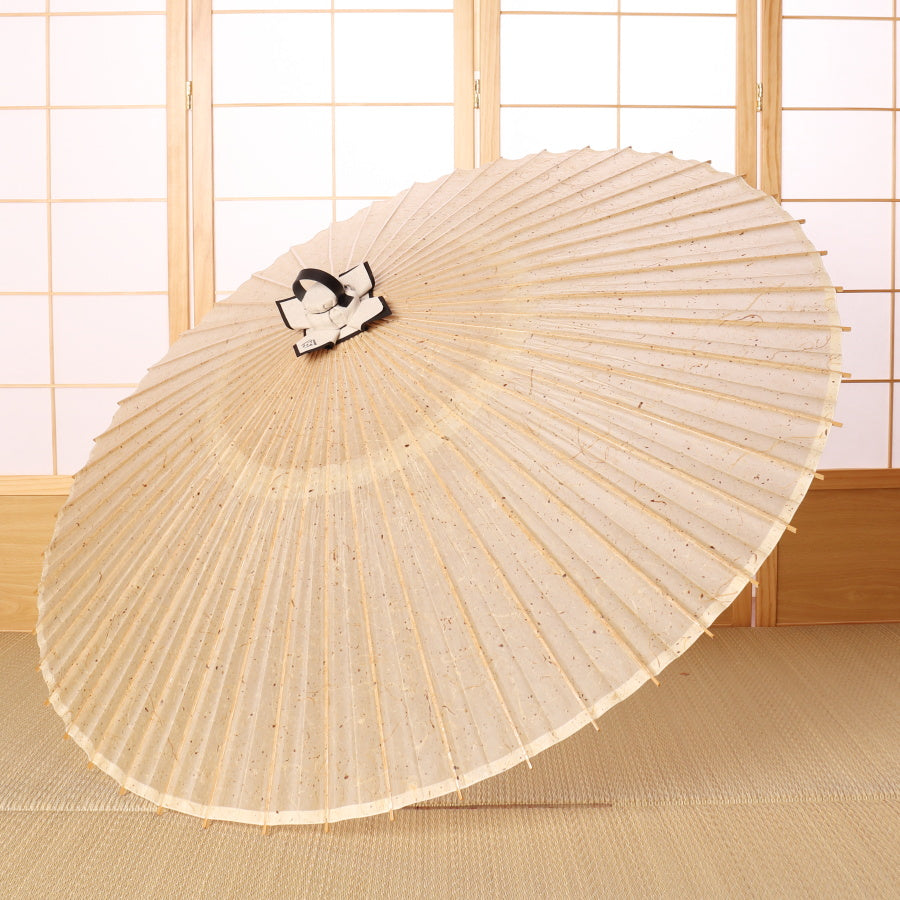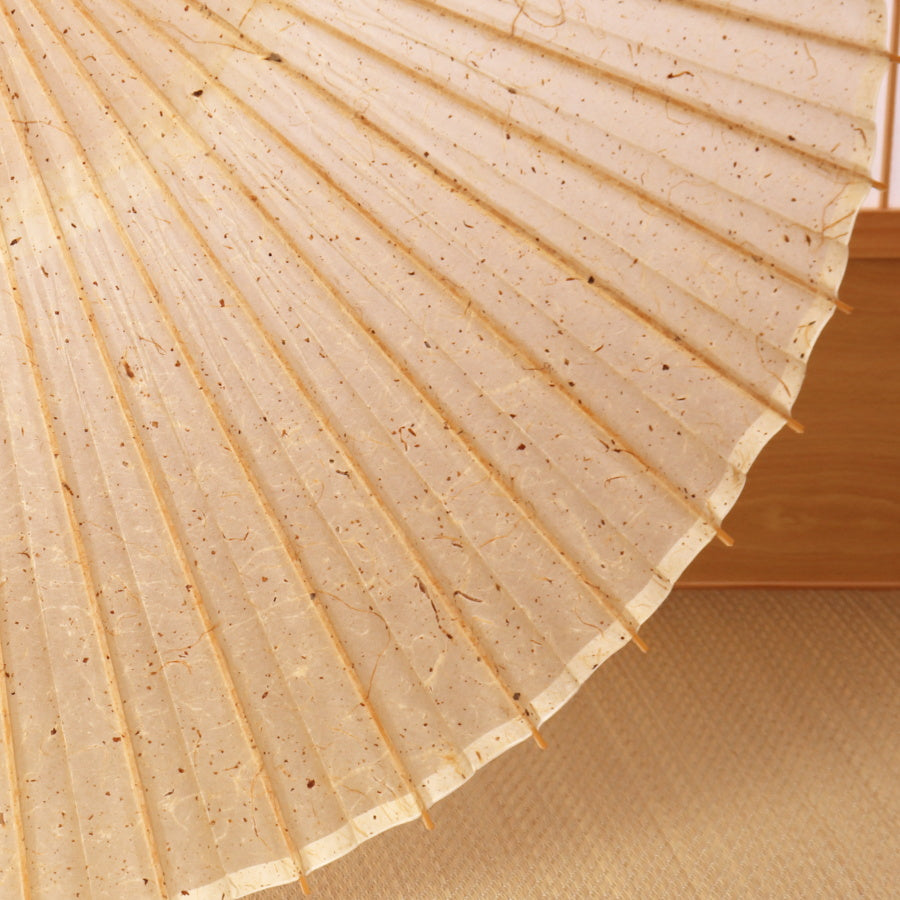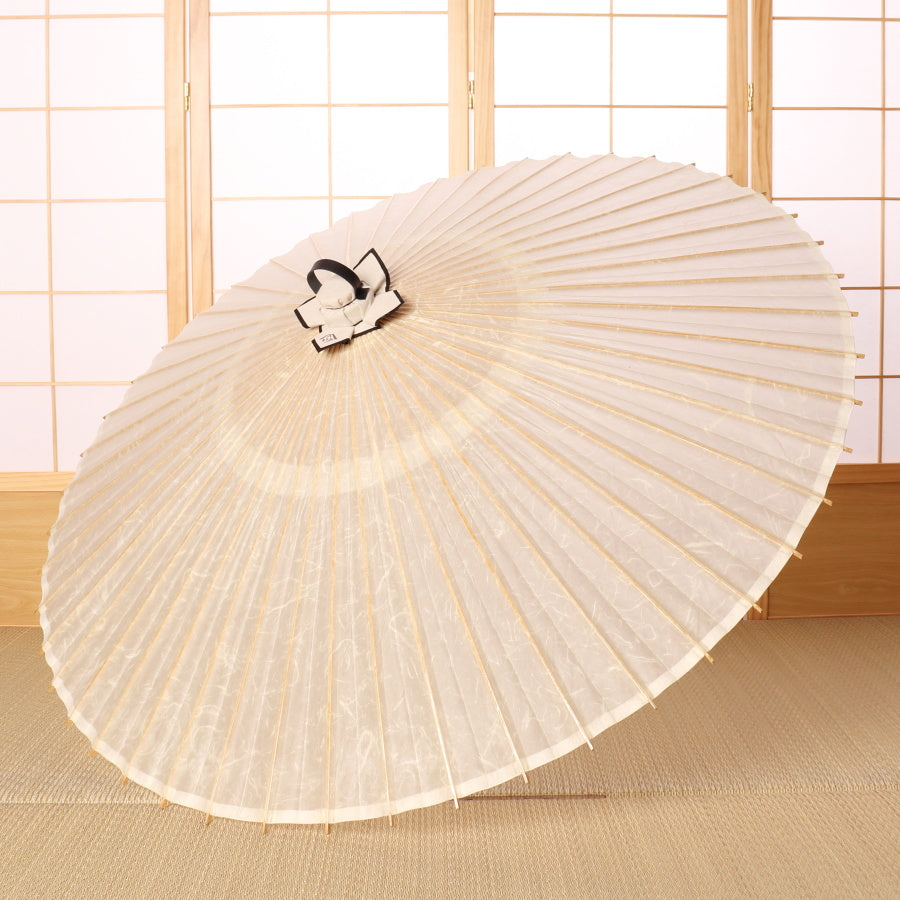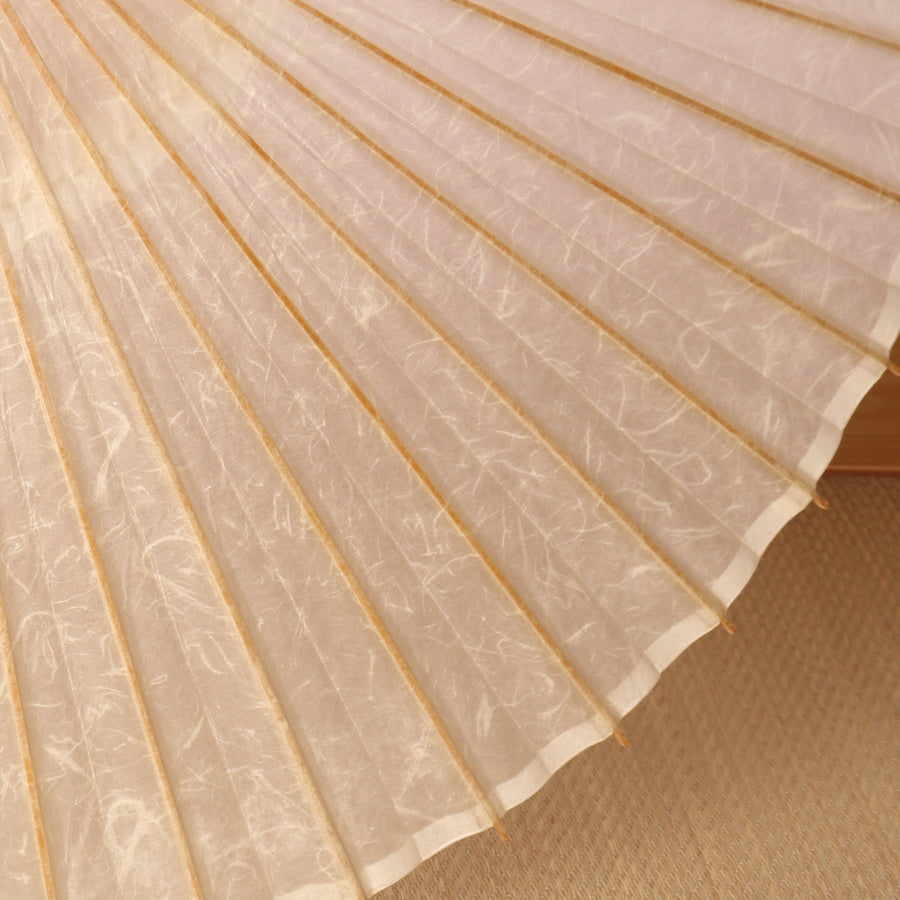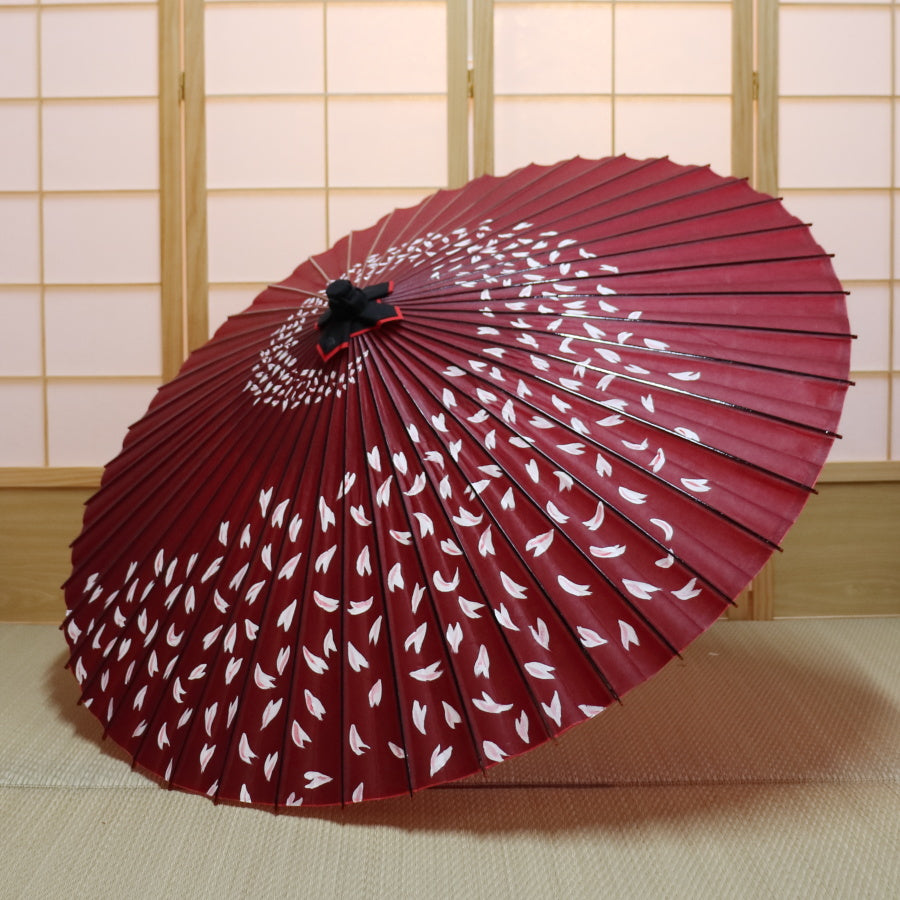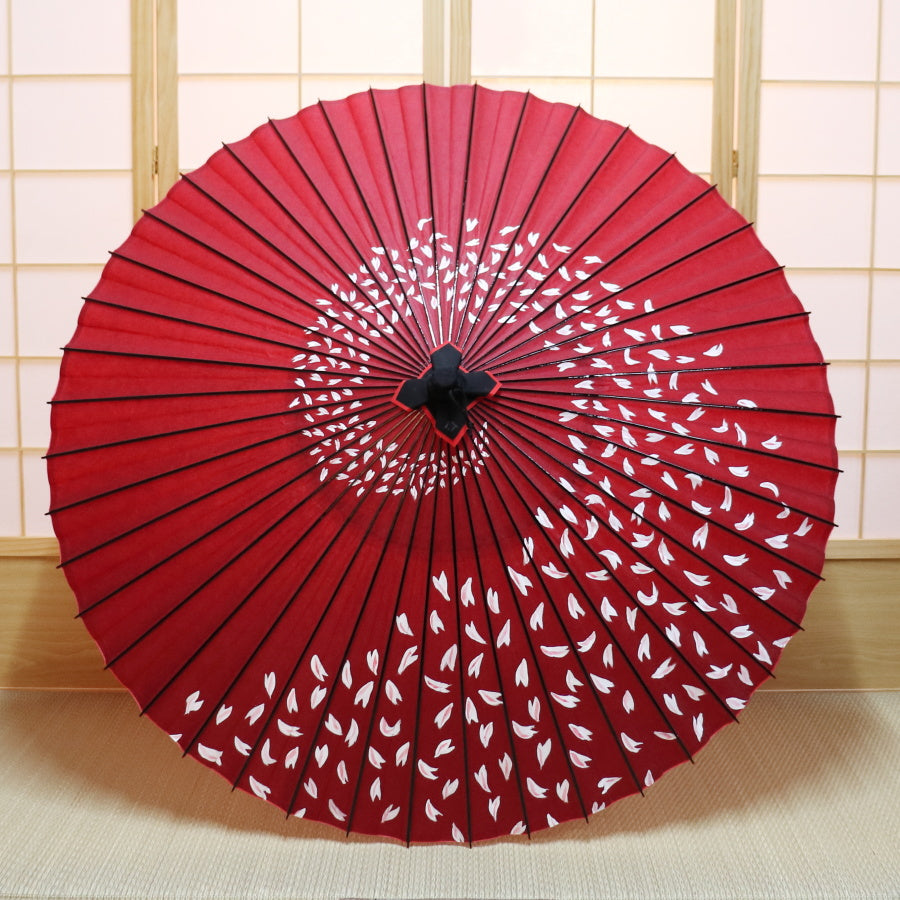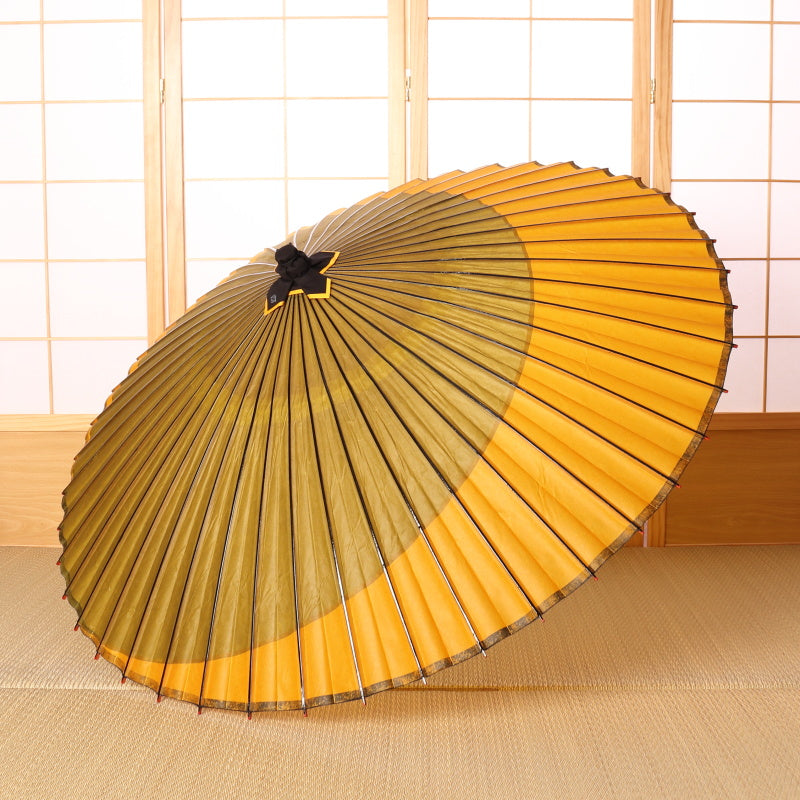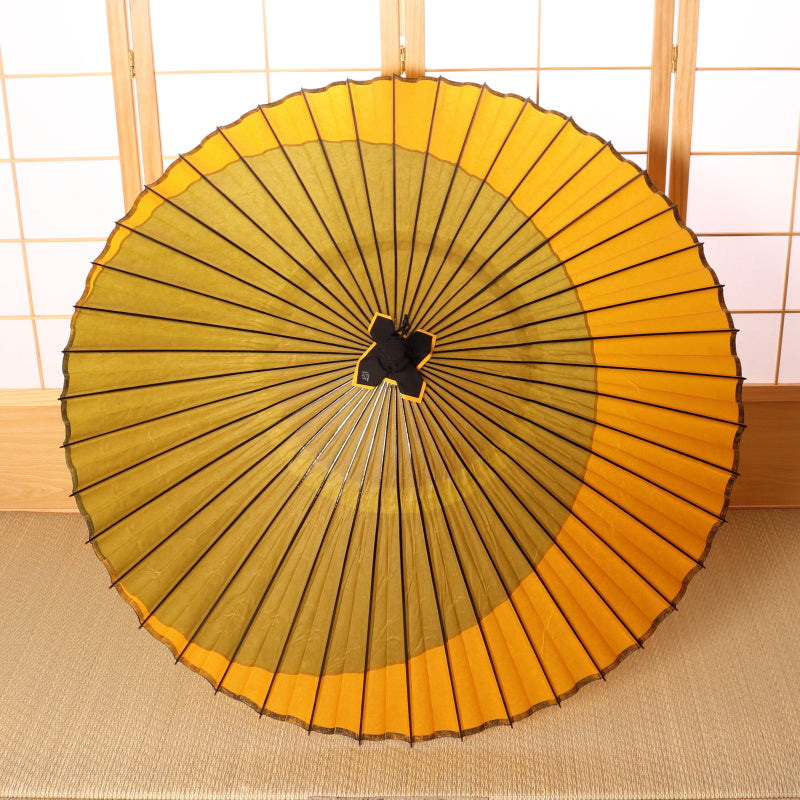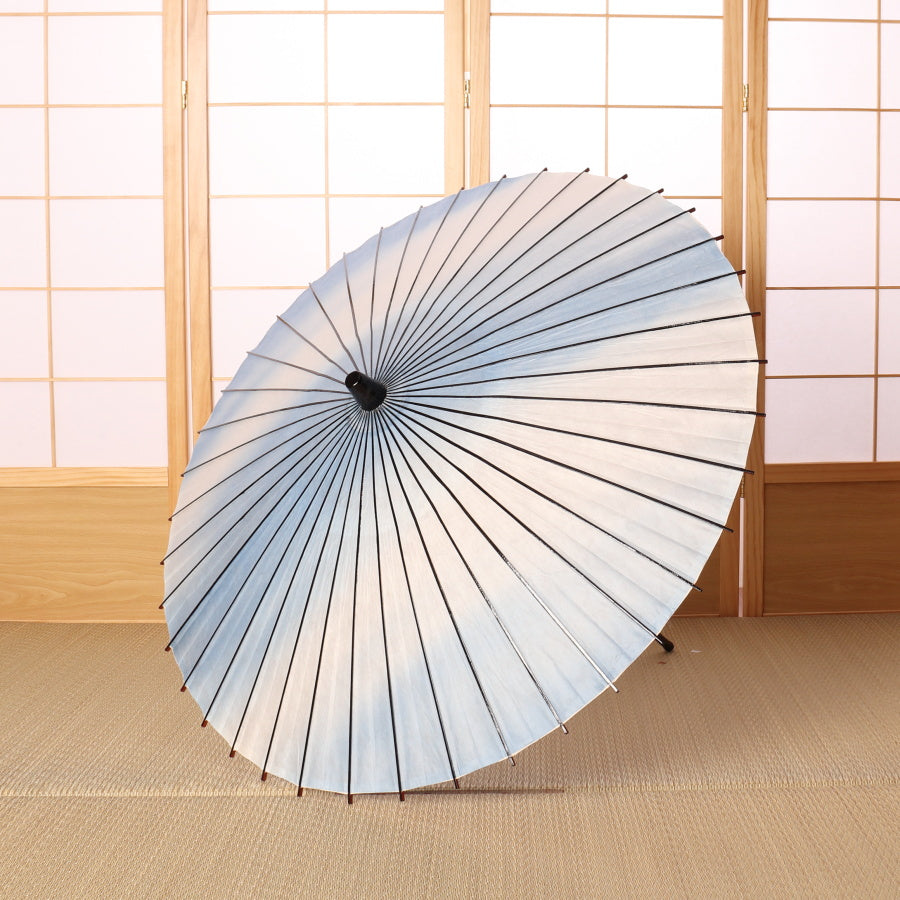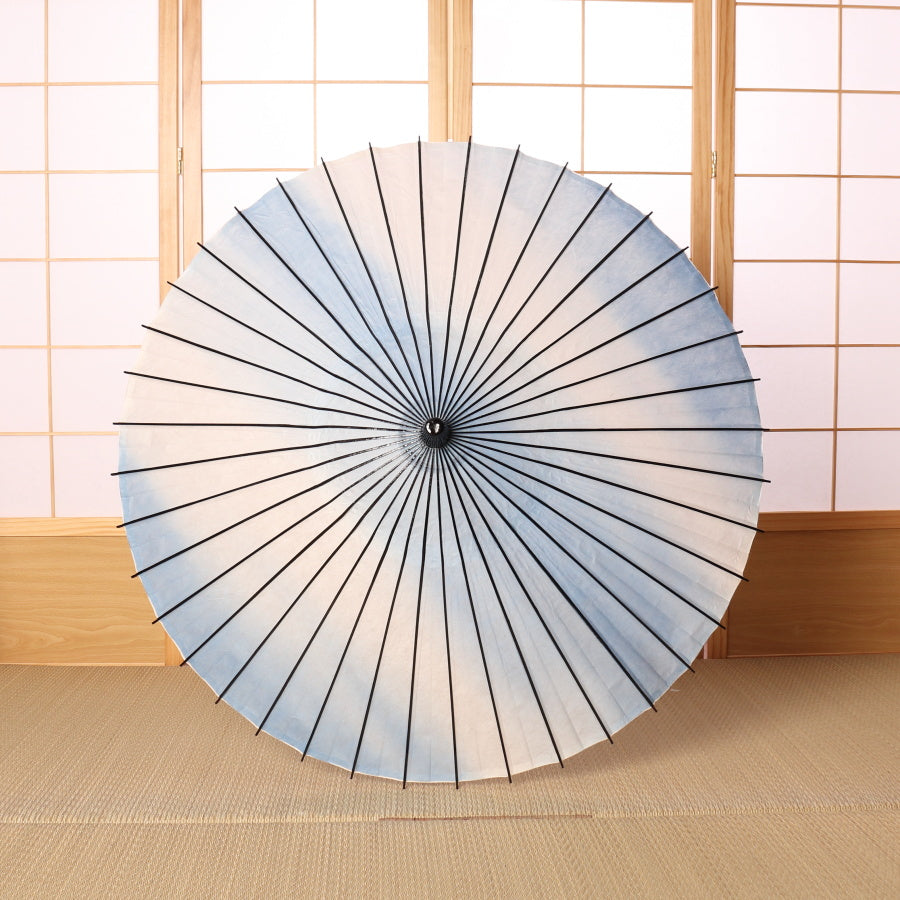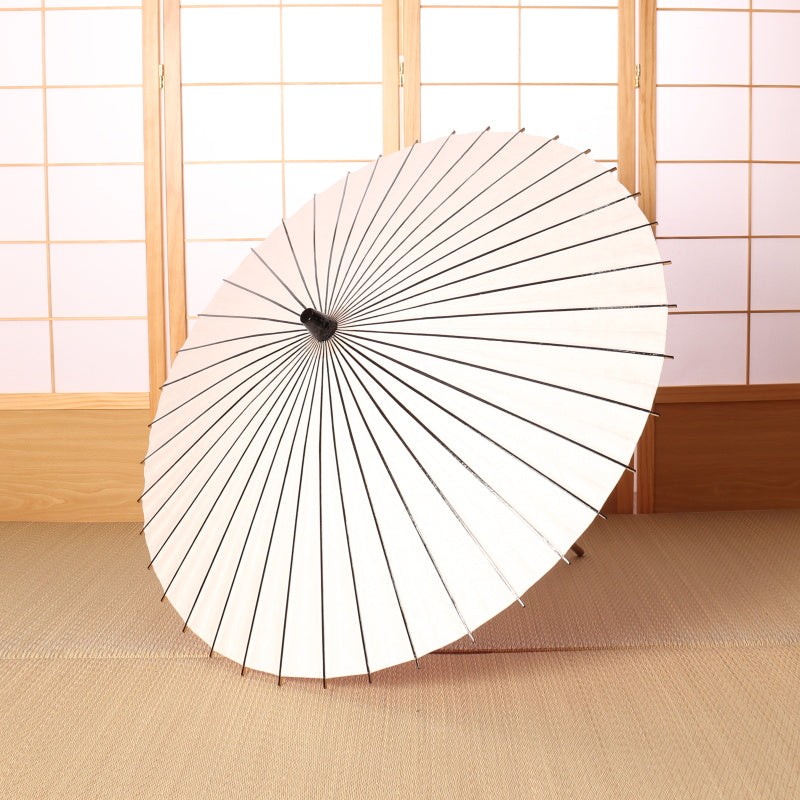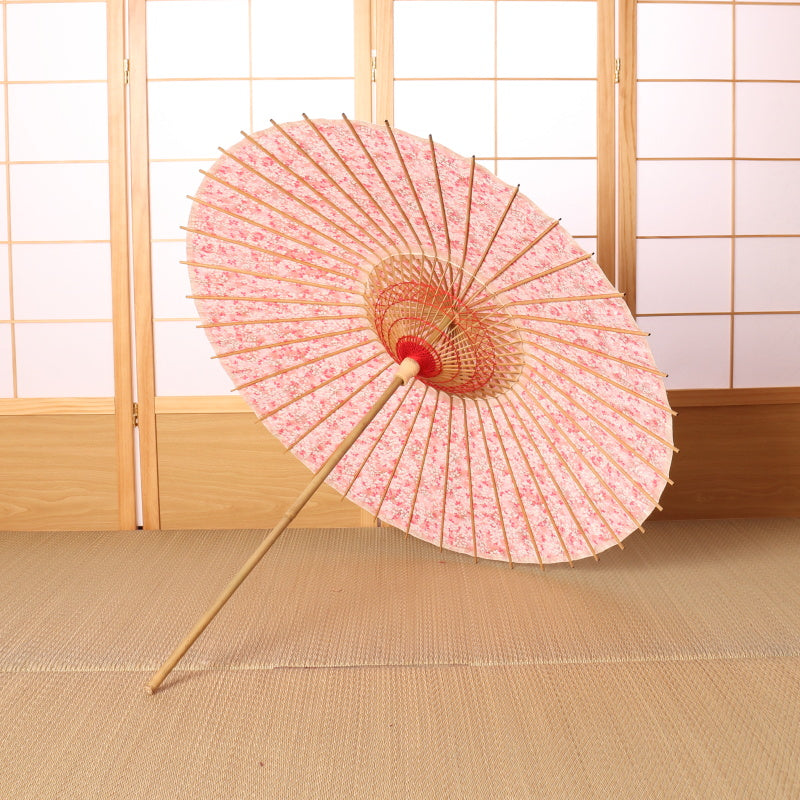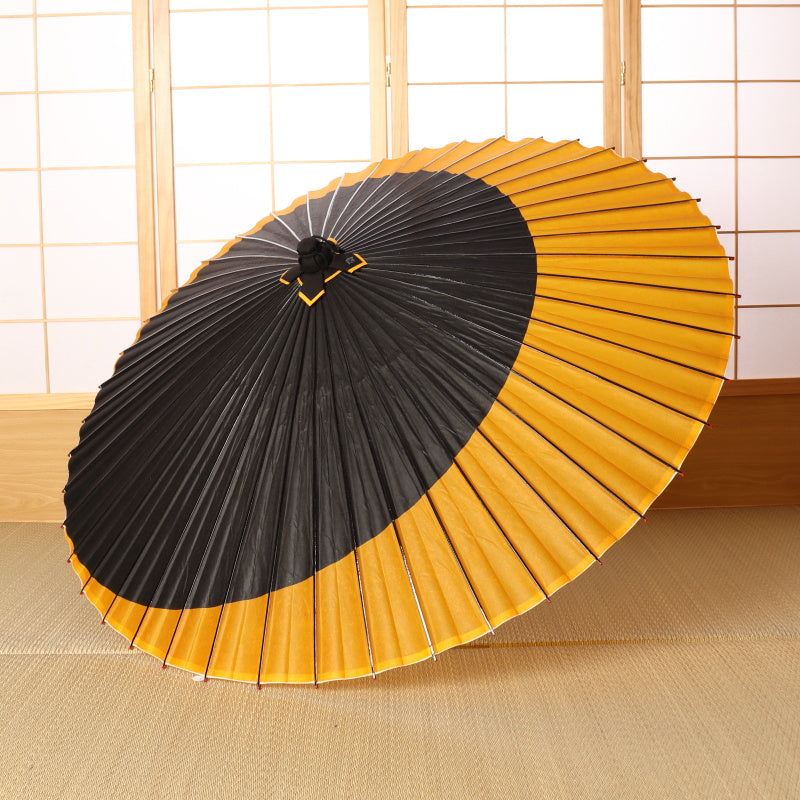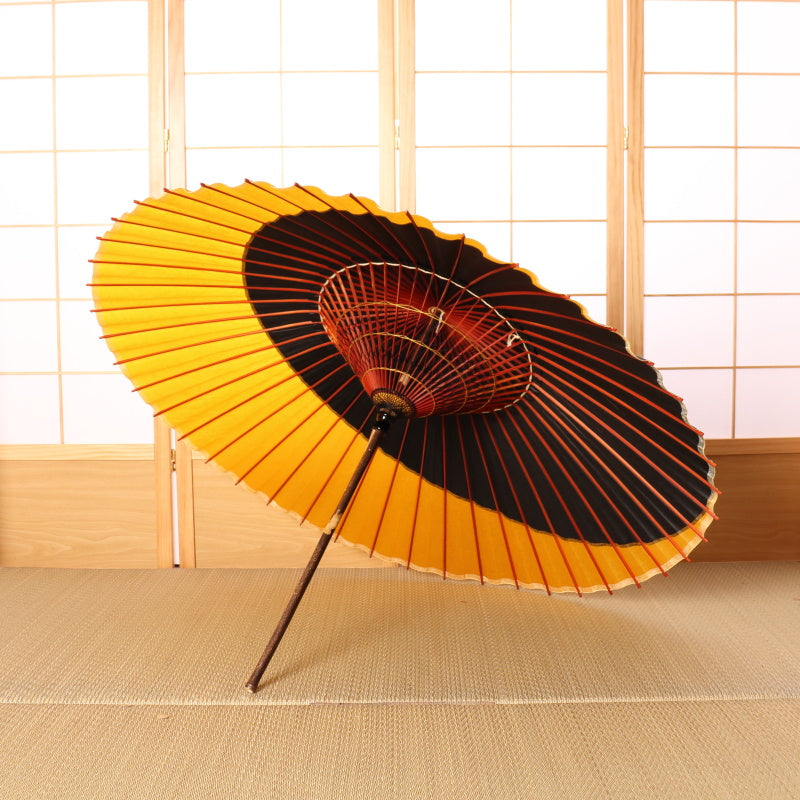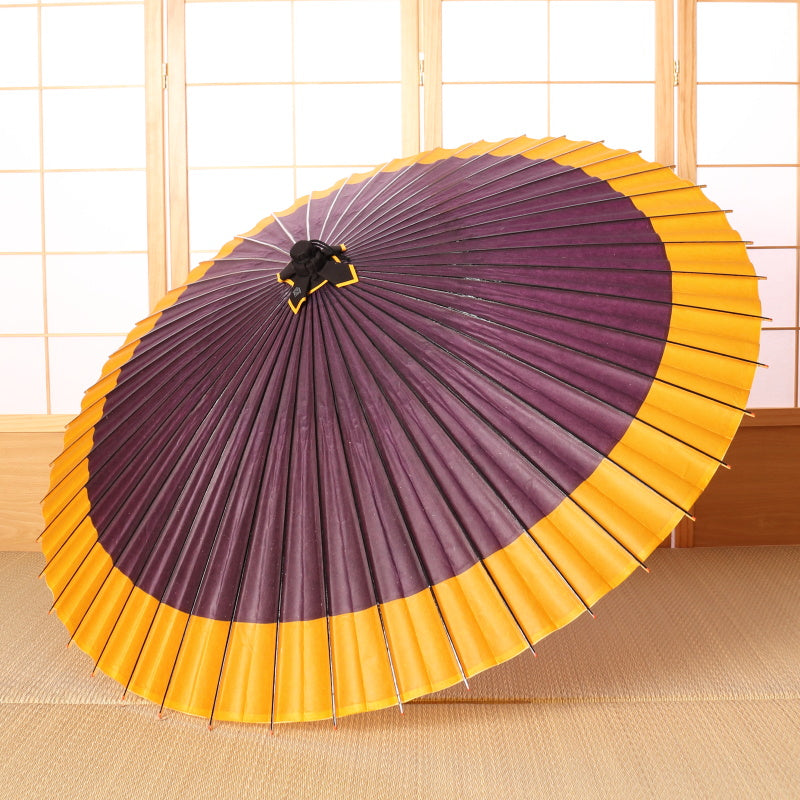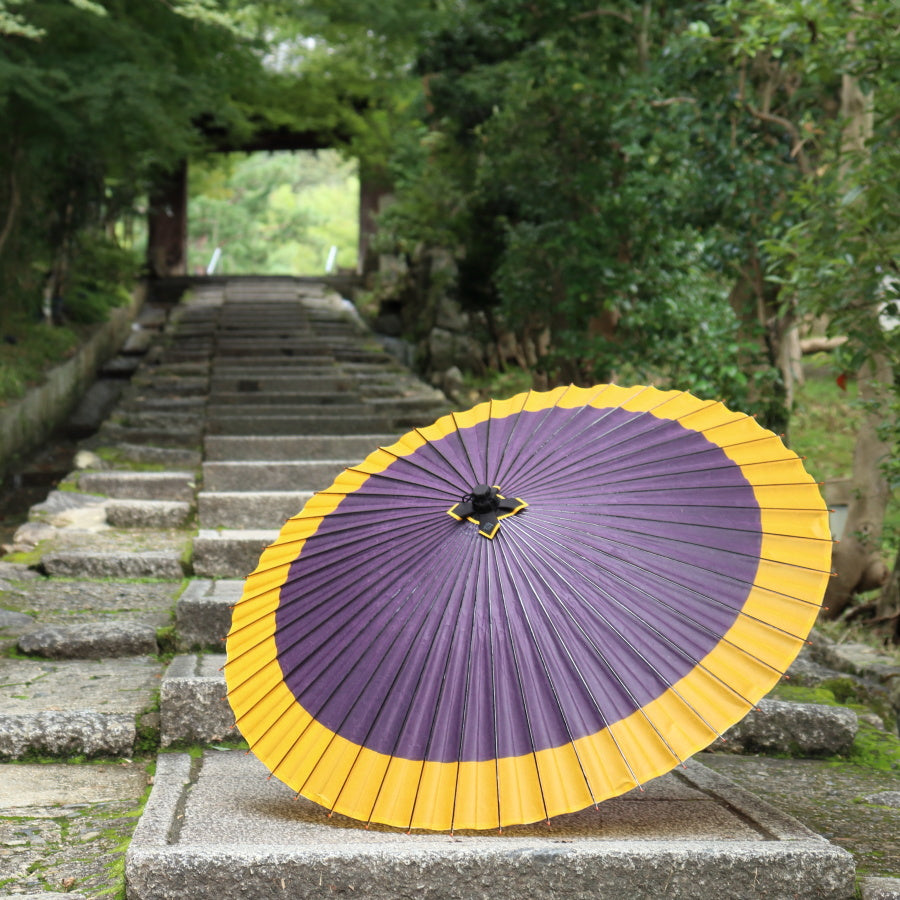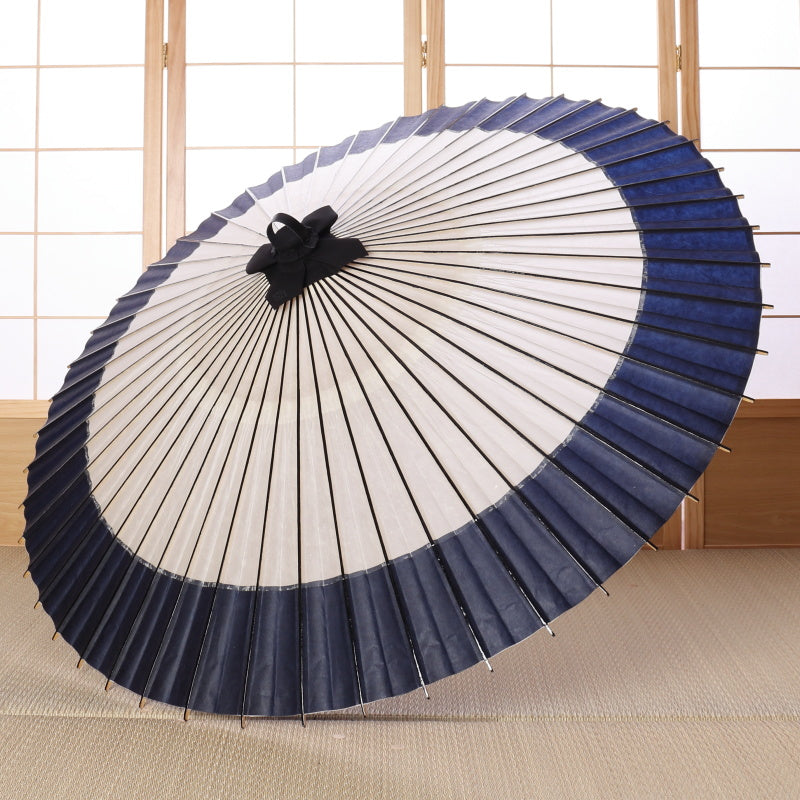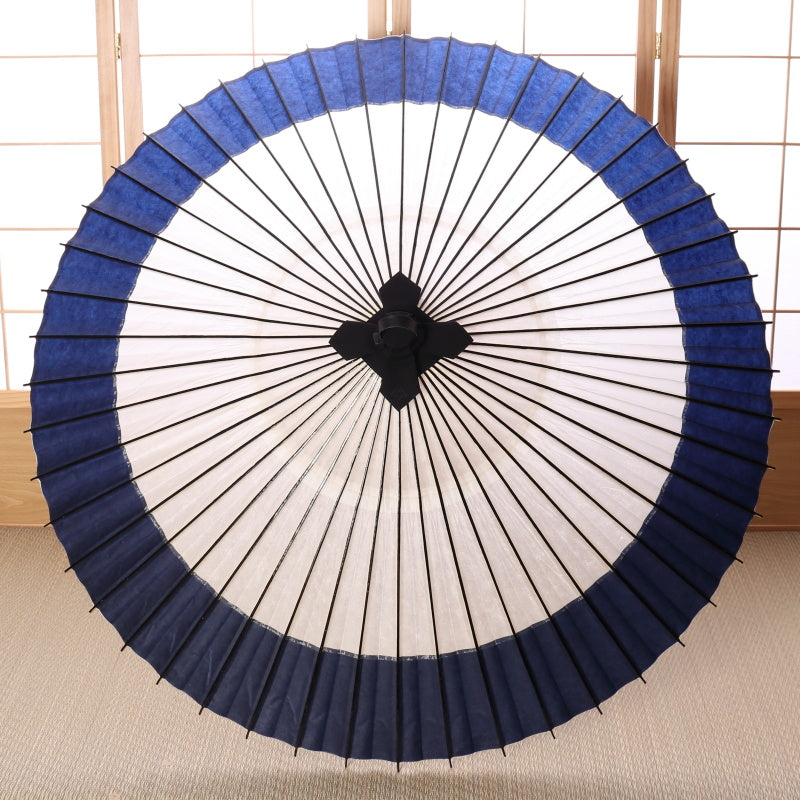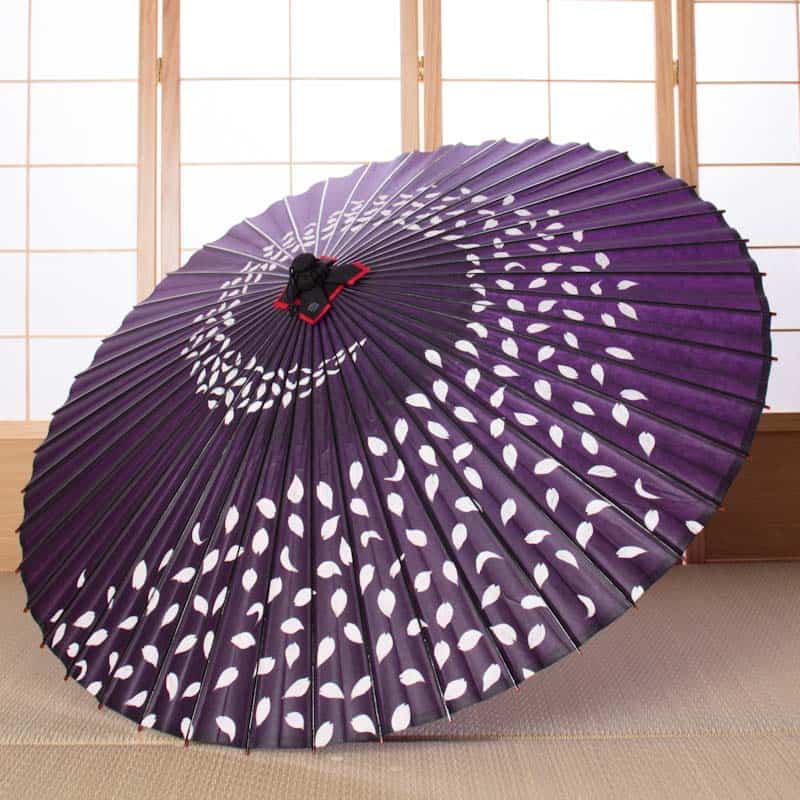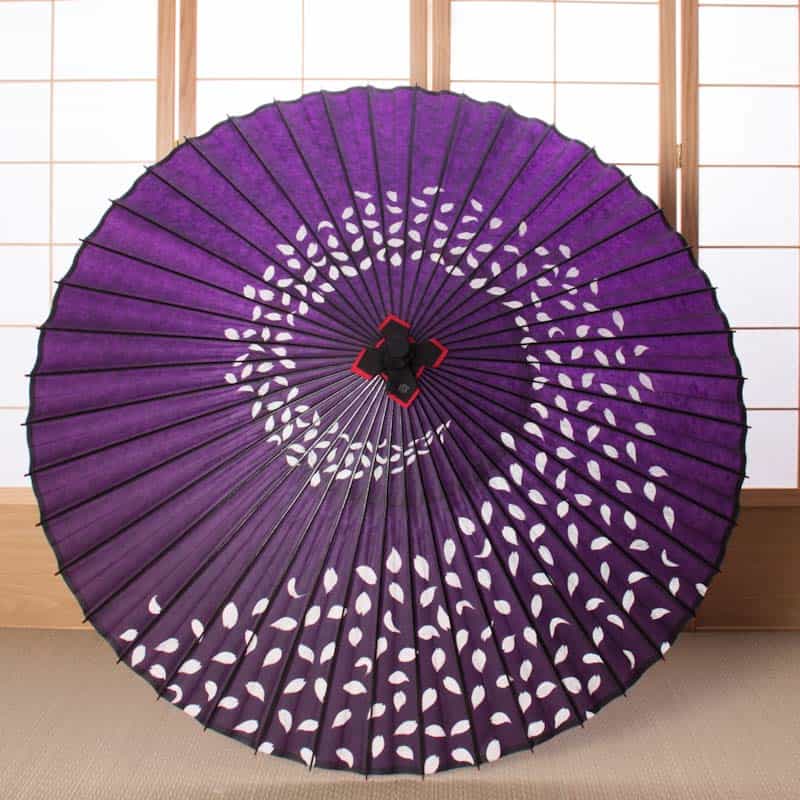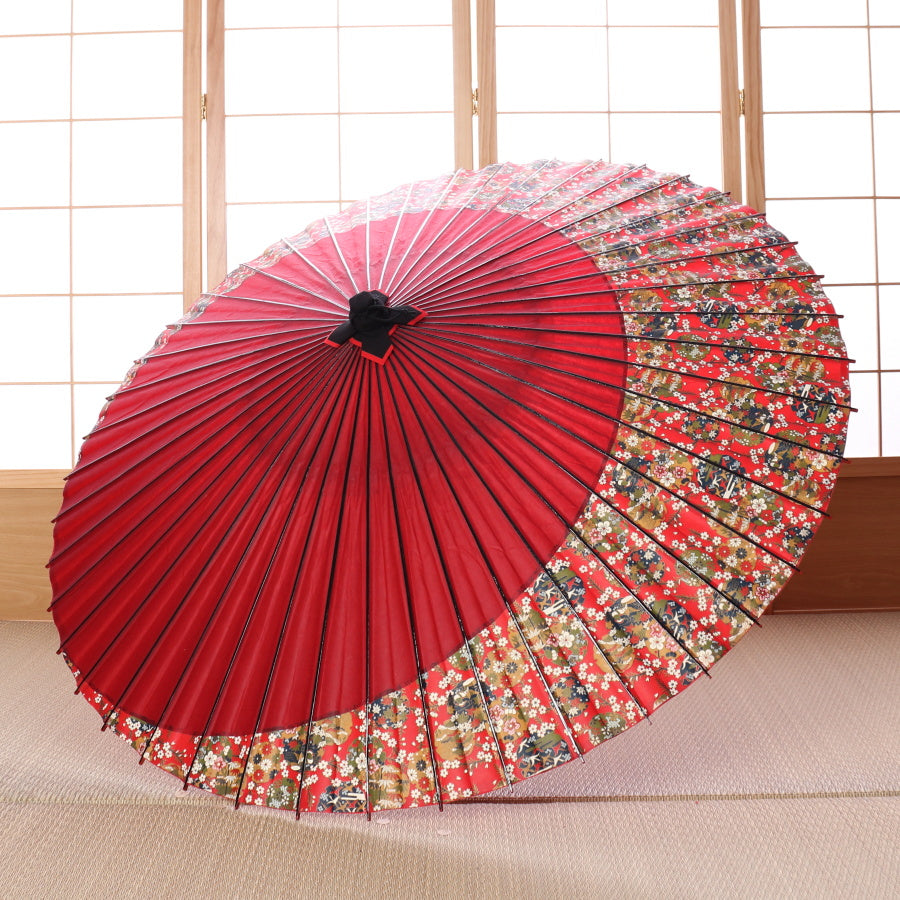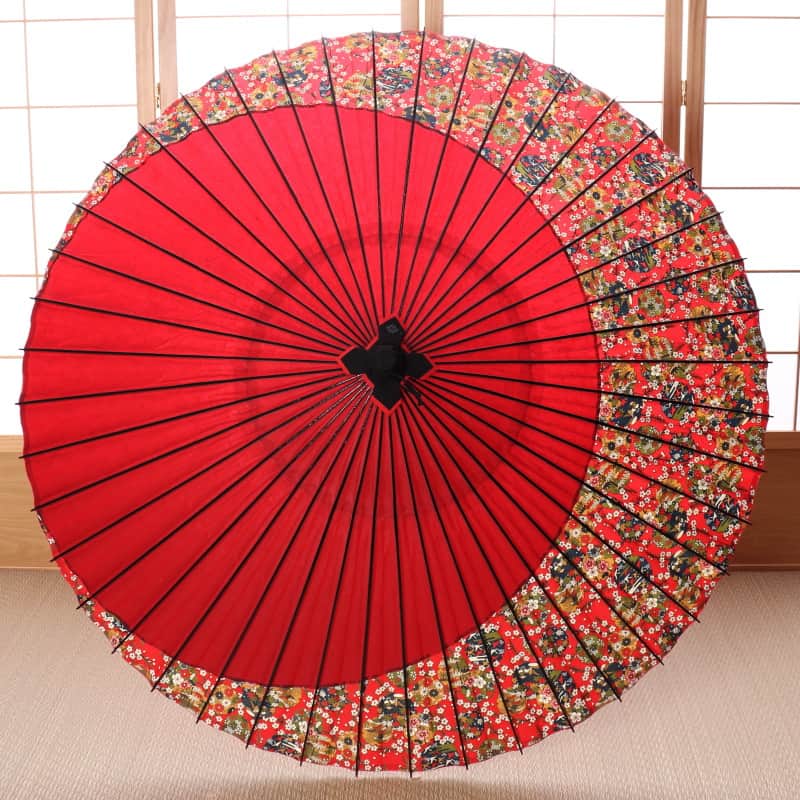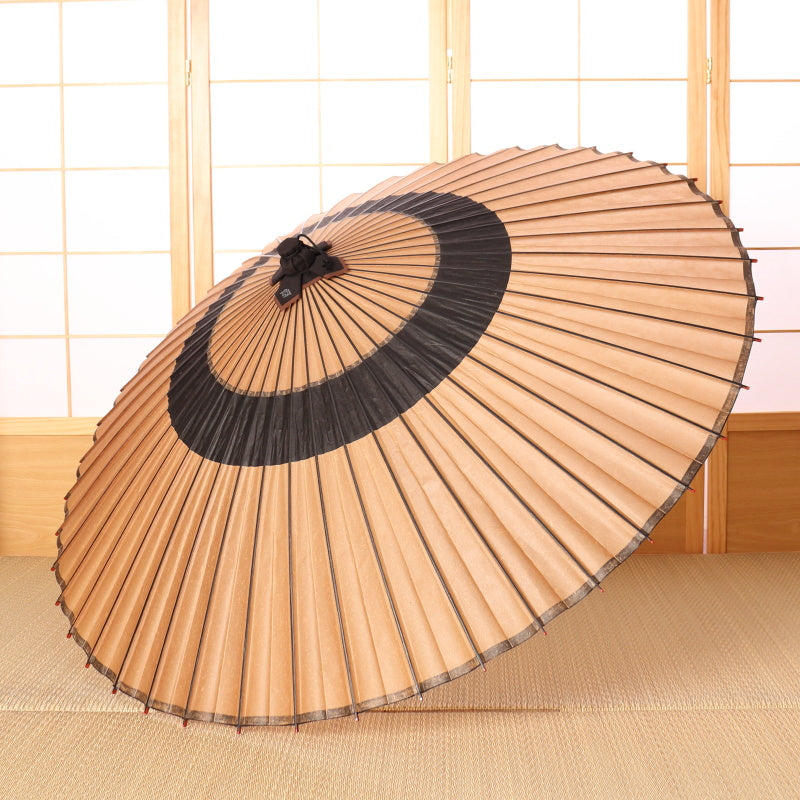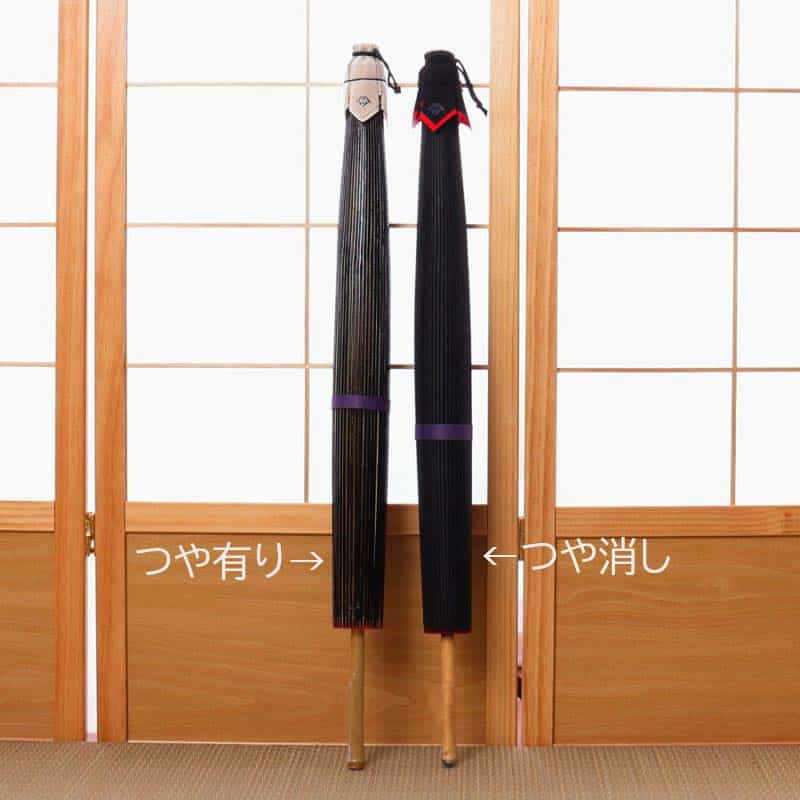Japanese umbrellas and bangasa umbrellas are umbrellas made with a bamboo frame covered in Japanese paper to make them waterproof.
It was introduced as an import from China, but the ones at that time were called tengai (canopies) that could not be opened or closed.
Later, through the passage of time and through Japan's unique techniques, by the Muromachi period they had taken on the form of Japanese umbrellas and bangasa umbrellas that are still used for the same purposes today.
During the Edo period, they began to spread all over the country and were used for advertising purposes, with store names written on them.
Although the number of craftsmen has decreased, they are still used by maiko and geisha in Kyoto. They are also used as interior decorations and for welcoming guests in inns and restaurants, and an increasing number of young customers are visiting stores who are interested in the appearance of Japanese umbrellas made of bamboo and washi paper.
How about spending a quiet moment on a rainy day, feeling just a hint of being seen, while the soothing sound of raindrops on a traditional Japanese umbrella brings peace to your heart?
About Japanese umbrella How to handle Japanese umbrellas and request The differences between Japanese umbrellas, Janome umbrellas, and Bangasa umbrellas
Tsujikura's Japanese Umbrella

Janome Umbrella (Umbrella)
Among the Japanese umbrellas and bangasa umbrellas, the Janome umbrella is thin and has many beautiful patterns. It is also very popular as a display item.
Filters
Janome (Slender umbrella)
Higasa (Japanese parasol)
